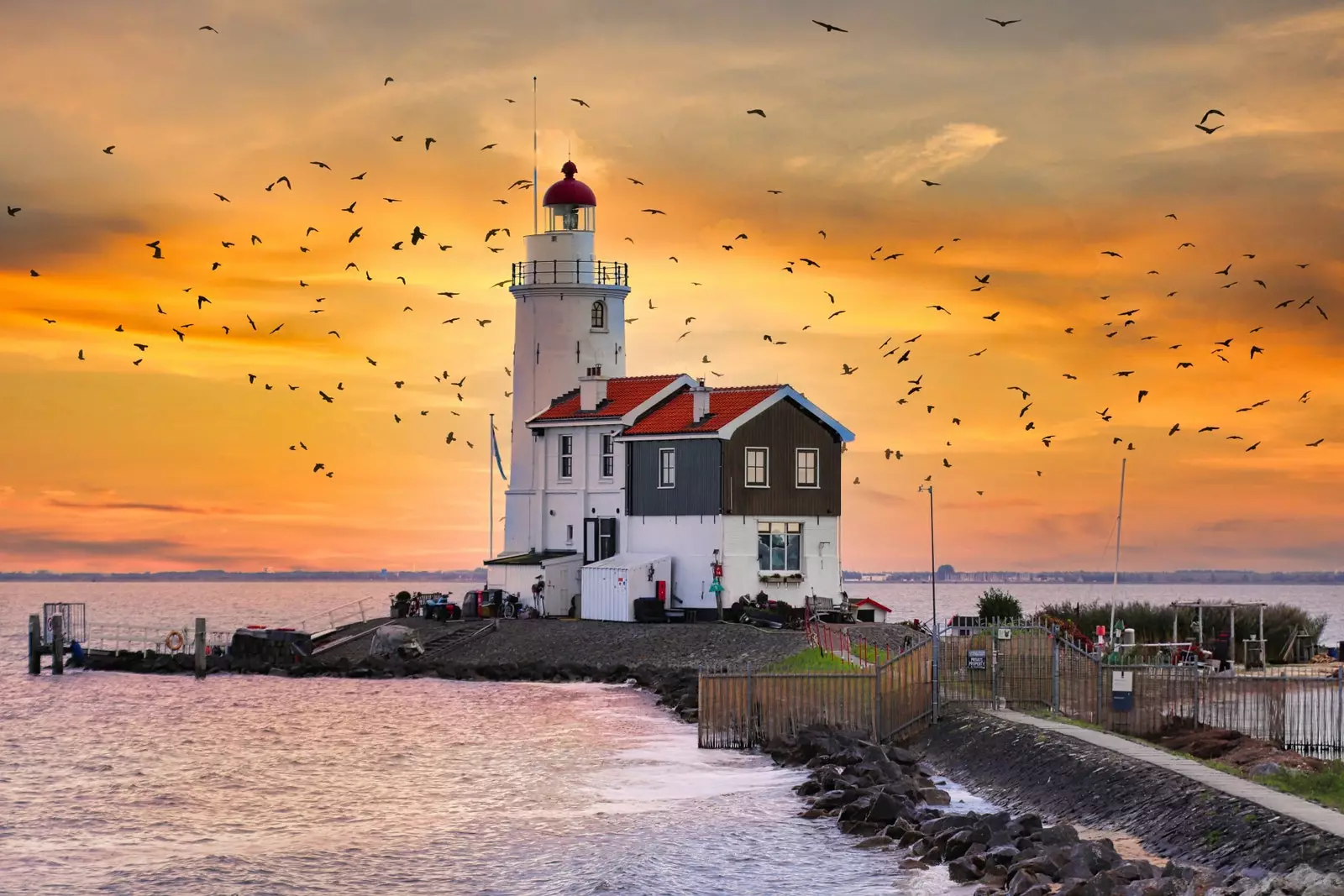
Marken Lighthouse.
The greatest height that the visitor who looks out over the Dutch polders can find is the enormous dikes that shape them. The land, reclaimed from the sea since medieval times thanks to the construction of innumerable embankments and canals, It is a vast flat expanse that translates into a paradise for the two-wheeled tourist aficionado.
The Netherlands is one of those countries where the bicycle is a vehicle for the masses, and its network of lanes allows it to be traveled completely. Even a big city like Amsterdam can house in its surroundings a charming bicycle route that will allow the traveler to forget for a moment the lights of the Red Light District, the landscapes of Van Gogh, and the streets of the city where freedom and debauchery smell like brownies and canals. Edam, Volendam and Marken, overlooking the Markemeer, They will show us the most peaceful face of the old Holland.
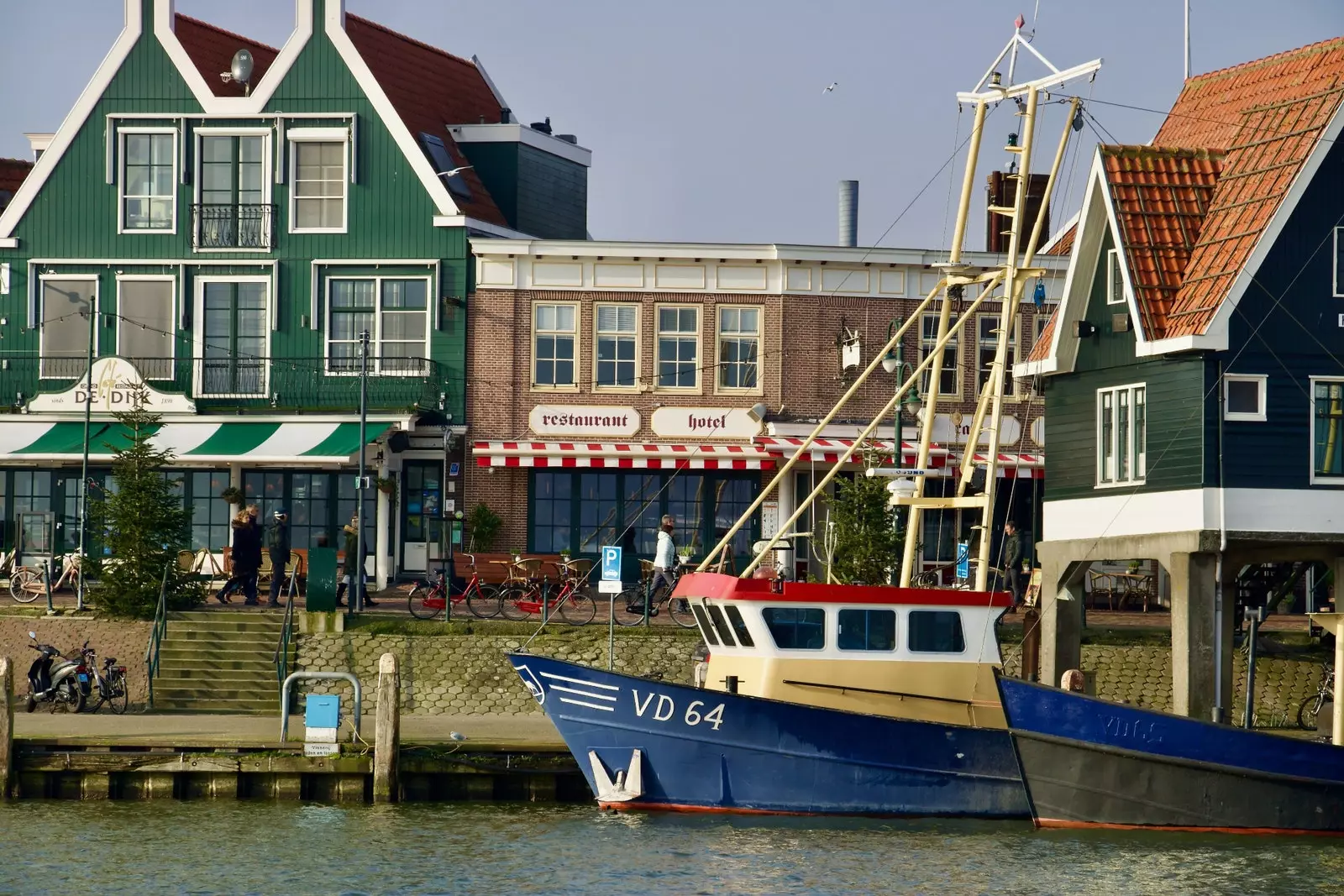
Port of Volendam in the Netherlands.
**EDAM ON TWO WHEELS**
The first thing that the traveler who gets on a bicycle and is ready to travel the scant 30 kilometers that separate Edam and Marken is that, in Holland, driving is taken very seriously, and that includes those who move on two wheels. Invading the opposite lane, going very slowly or in a platoon, shouting and racing will deserve bell rings, burning glances, and some overtaking of anger. It is understood that this is so in a country where much of the human traffic is carried out by bike, and it is always a good idea to know before being warned by a native.
Precisely the same Dutch who will be inquisitive about the rules on your bicycle will send you with a smile to tour Edam, famous throughout the world for its cheese ball. It is worth going on Wednesdays, market day, and witness a show that sums up in its essence the modern history of Holland.
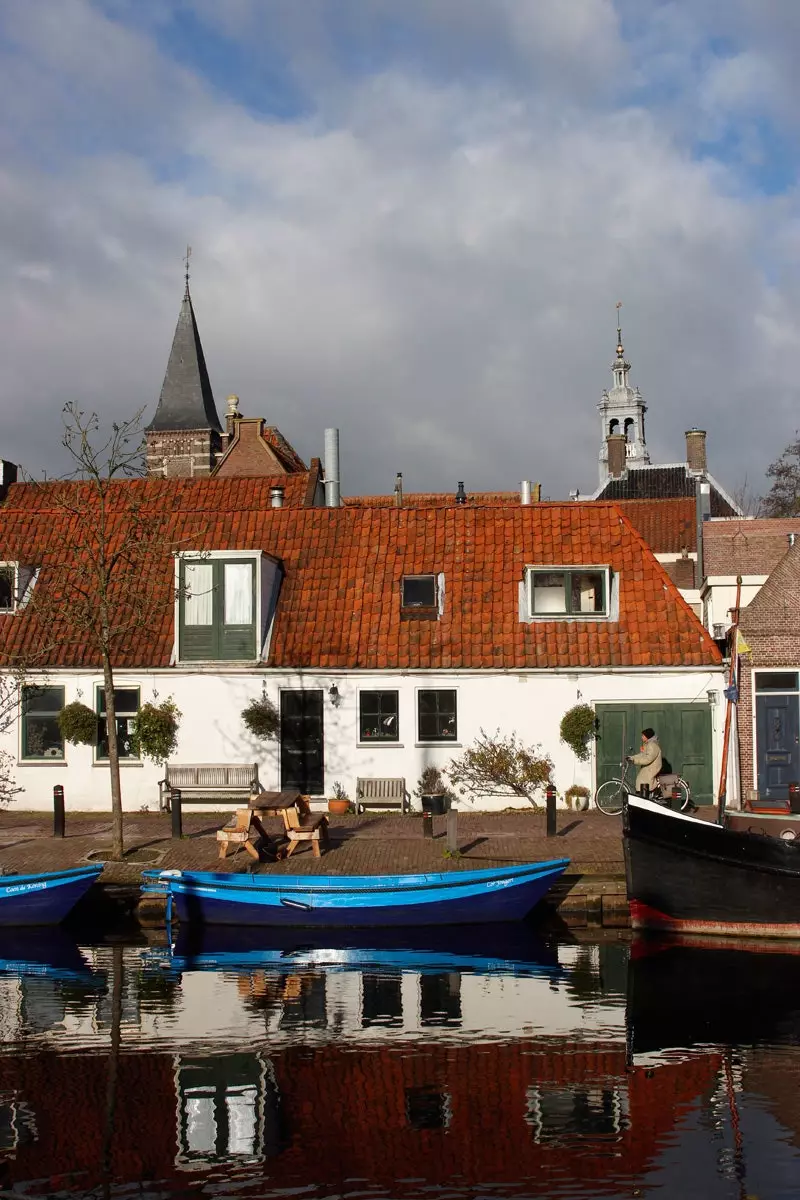
edam
The cheeses are transported to Jan Nieuwenhuijzen square, the market place, by wooden boats approaching from nearby farms using the famous Dutch network of canals. It was this mastery of water as a means of transportation that, at the dawn of the industrial revolution, would make Holland (which inspired England) stand out in its ability to establish effective production and trade networks throughout their respective territories.
The products of the field, whether cheese, coal, potato or textile, they were unloaded in the dikes of the cities, and from there, they spread throughout the world through the doors that connect Holland with the world: its ports.
Edam cheese is auctioned in the square while it is exhibited and weighed by neighbors dressed in handkerchiefs and white shirts in the traditional way. It is inevitable not to bid and, at the end, one of the colorful carts in which the cheese is transported he stops next to us, offering us a taste. The truth is the Edam, sober and greasy, does not seem to correspond to its international fame, but it is necessary to look again at the port to understand why a seemingly simple cheese has conquered the world.
Let's get on the bike, and look for the zeedikj, the dyke that protects the polder on which Edam sits of the stakes of the sea: in the ocean the journey of the cheese ends, and our stay in Volendam begins.
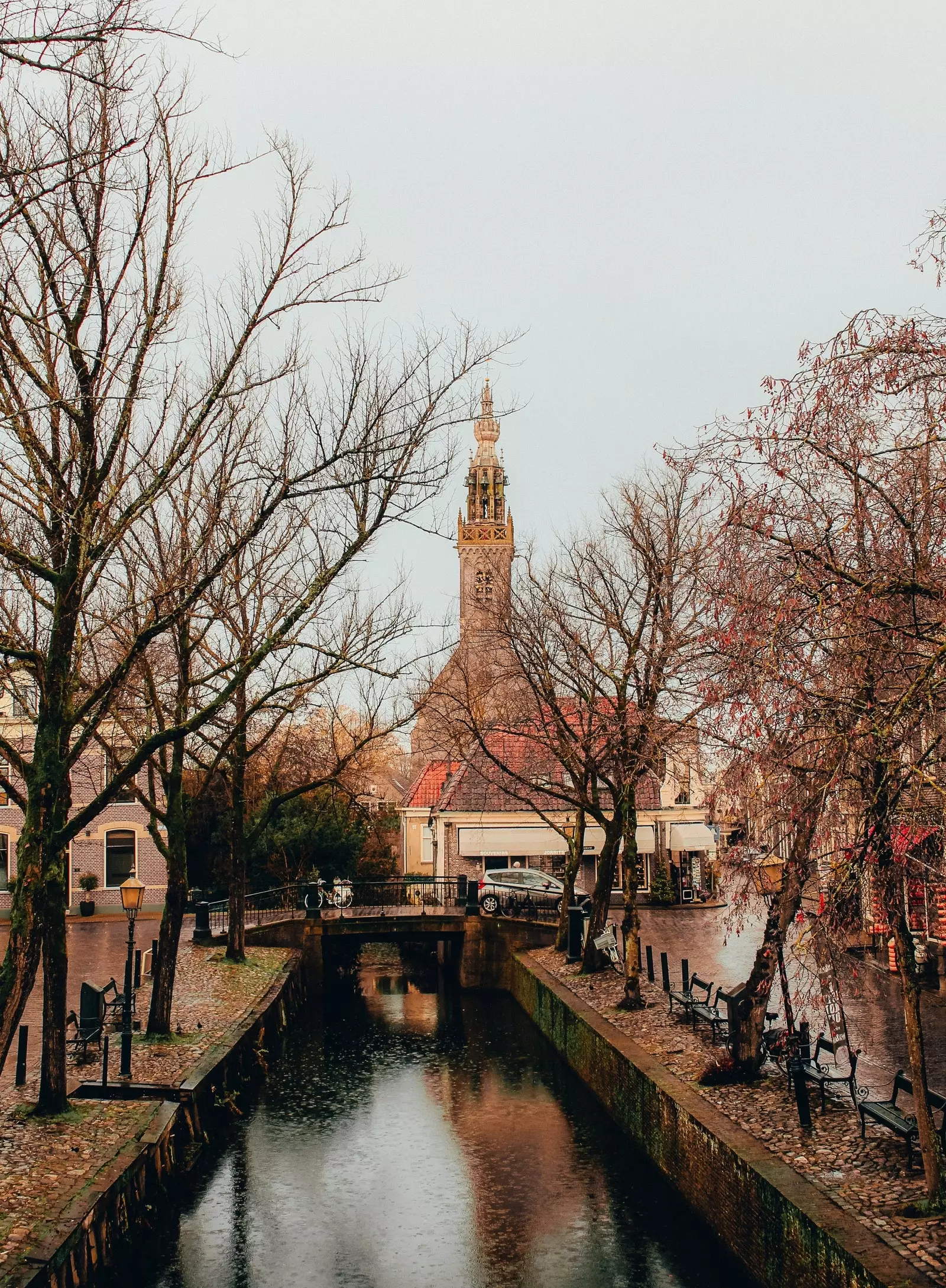
Tower of the church of the Virgin Mary, called Carillon, in Edam, the Netherlands.
PEDALING IN VOLENDAM
During the coastal path linking Edam and Volendam along the zeedikj, we can admire a beautiful panorama of the Markenmeer, the inland sea named after the last town on our tour.
The Markenmeer was the first stage that the Dutch merchants traveled before launching themselves into the always dangerous waters of the North Sea, full of shoals, currents, and criss-cross swells. Thanks to the seafaring expertise of the Dutch, Edam cheese, along with all manufactures that a small but well-coordinated country could offer, sailed the seas to be bought in distant places, there where its value doubled and the fame of the product acquired touches of legend.
The ball cheeses were highly appreciated in Indonesia and the United States, where Dutch merchants owned most of their businesses.
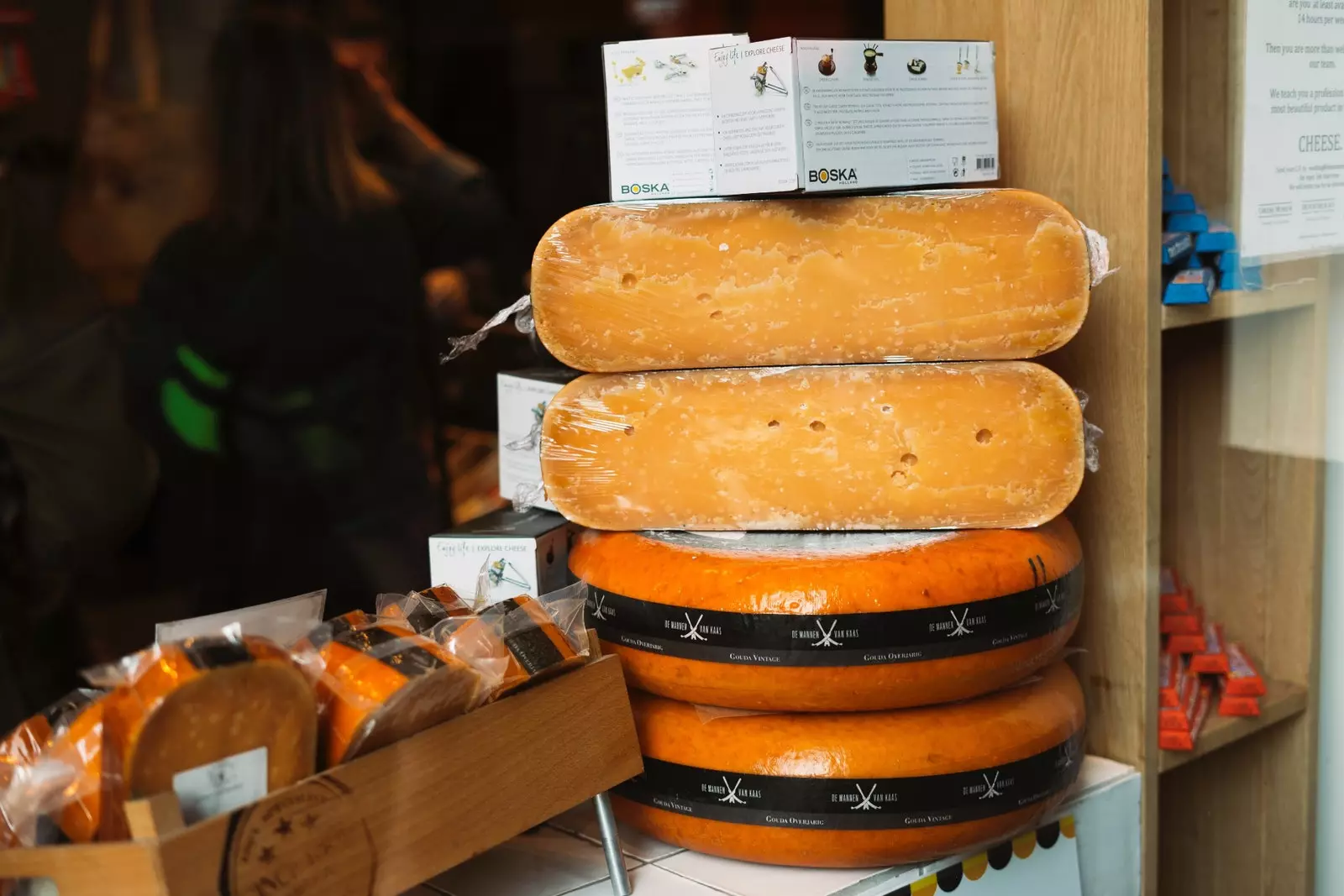
Dutch ball cheese.
walking through the Volendam wharf, which suddenly appears before the wheels of our bikes as soon as we finish the zeedikj, it is easy to understand the relationship between Holland and the sea, there is no boat that is not spotless, nor a sailboat without varnished masts or baroque figureheads reminiscent of distant beasts. Both Edam and Volendam owe their origin to their status as ports, and its prosperity was for centuries linked to the ability of its merchants and sailors.
Volendam has recently deviated from its fishing vocation, and prefers adopt a tourist profile with the good order that characterizes the Dutch populations. There are no Roman ruins, no walls, no castles watching over the Mediterranean ports, but Nor is there in Holland that desire for the apartment building, the breakwater and the asphalt, and the attacks against the coastline that we can find in once beautiful towns in Spain and Italy. It is true that the Dutch landscape is sober, its sea is earthy in color, and there is no greater relief than that of the bell towers: but, without a doubt, it is an orderly landscape.
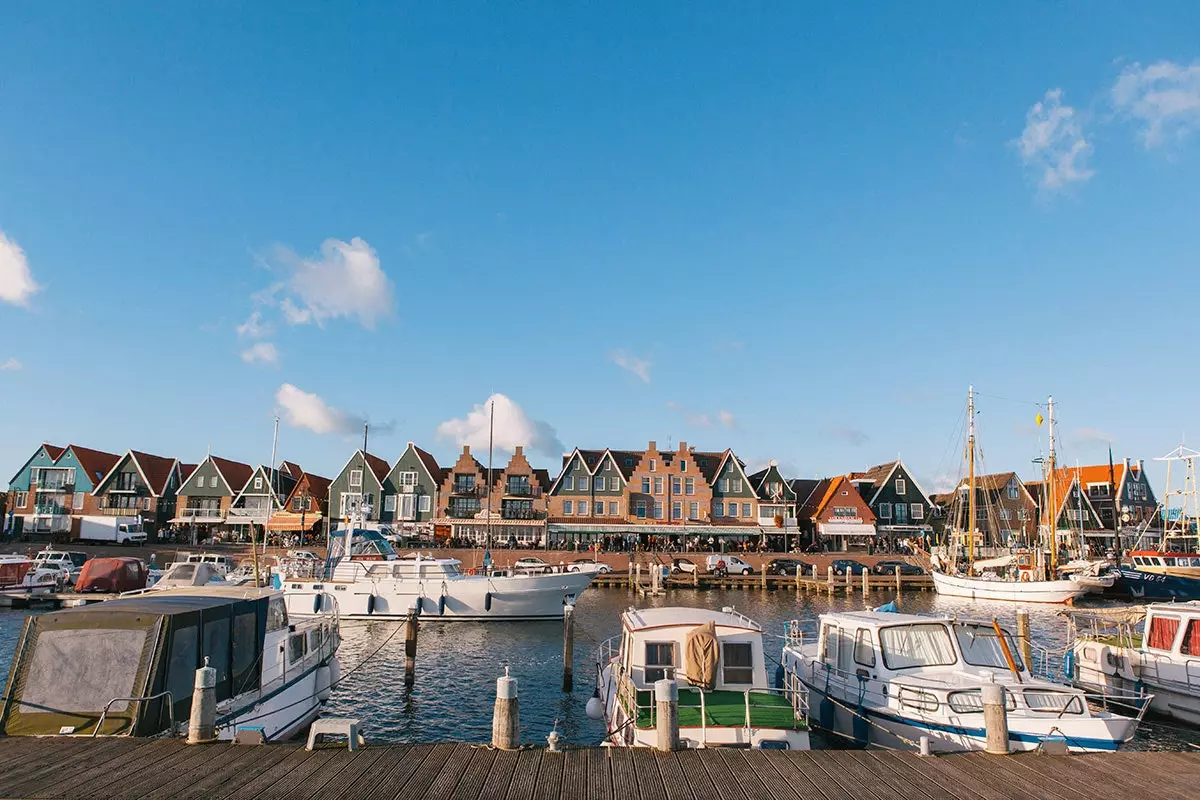
Dutch city of Volendam.
Volendam preserves part of its maritime aroma in the street food stalls overlooking the port, and there is still style in cafes like the T’HavenGat, where they serve as many types of beer as mussels they accumulate before the tables of the clients. The brave can dare try the raw herring sandwich, loved and hated in equal parts, sweet tooths will be delighted with the sweet or salty pancakes called panekkoken.
Those who yearn for our Mediterranean cuisine will have for their pleasure a very Hispanic stew, the stamppot. Legend has it that this dish, consisting of a stew of potatoes, carrots, bacon, cabbage, leeks, onion and spinach, It arose during a Dutch victory in the framework of the wars of independence waged against the Hispanic Monarchy. Apparently, the Dutch victors, when looting the Hispanic army camp, found all the ingredients that make up the stamppot, giving shape to what is considered its "national stew". You're welcome, I guess.
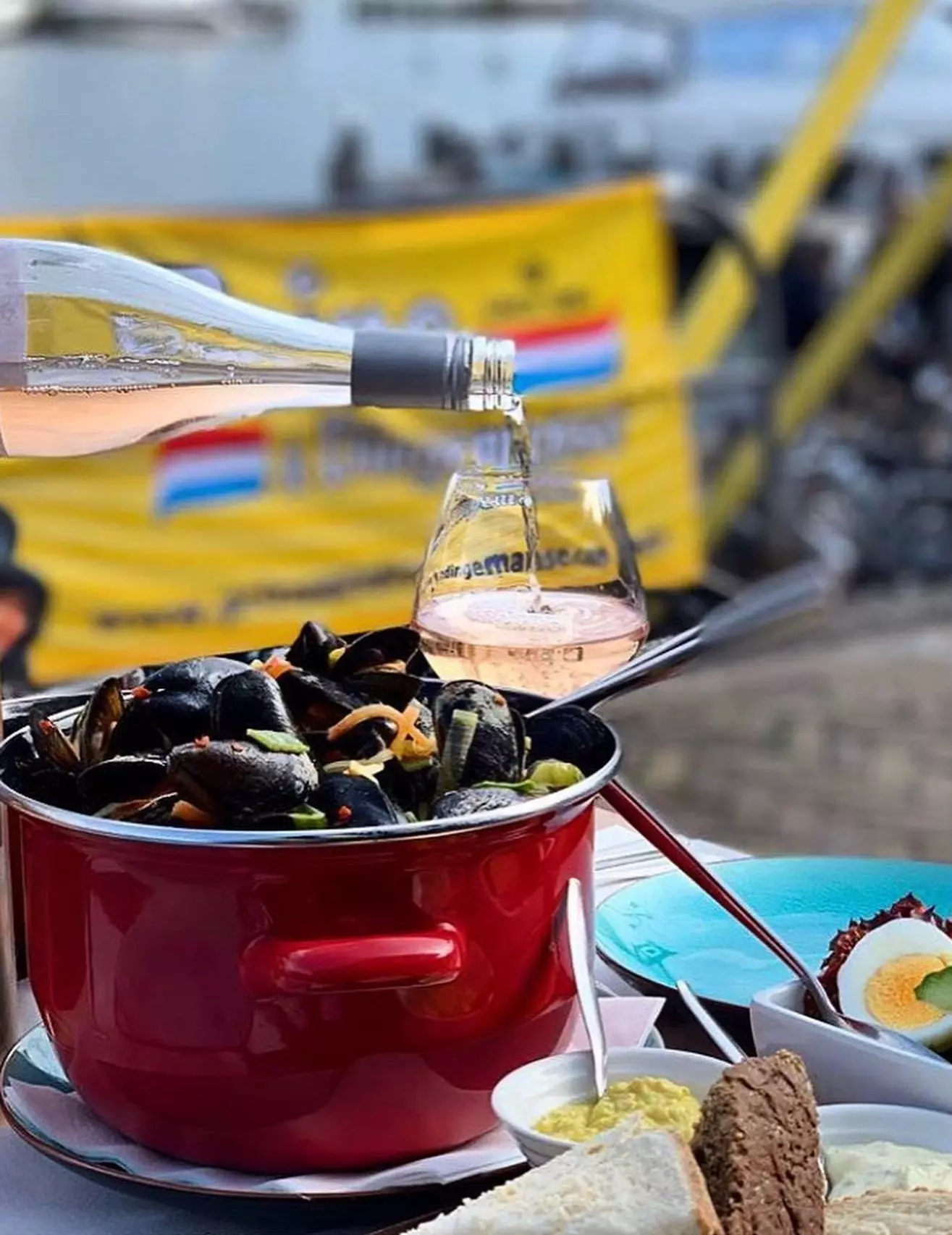
Mussels at T'HavenGat, Volendam (The Netherlands).
MARK AT A GOOD PACE
We will leave Volendam and its pleasant port following the bike path that runs parallel to the coast, next to the dam called Hoogedijkt. The landscape of the Dutch polders so beautifully painted by Paul Gabriël opens before us, and only the windmills are missing to immerse us in his paintings. The bike path runs along marshes full of geese and ducks of all kinds and colors, crossing the locks of the commercial enclave of **Monnickendam, where the streets smell of boiled eel, the star product of the place. **
After a brief pedaling on the dyke that protects Monnickendam from the force of the sea, we no longer see meadows around us. The brownish reflection of the waters floods our vision, and the bike path literally hovers over the waves of Holland . At the end of the path, a small island populated by wooden houses breaks the mirage: it is Marken, the home of the fishermen, a small Tolkien 'shire' nestled in the middle of the Markenmeer, sea to whom it gives name.
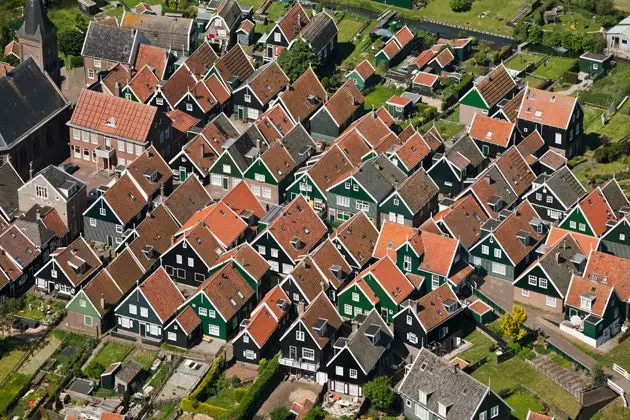
Marken, the peninsula where you can relax.
Cars are prohibited in Marken, but for those of us who travel by bicycle, this is not a problem. The absence of engine noise in this small town dotted with canals and wooden bridges evokes Venice, achieving even greater silence. In Marken, not even the boat engines seem to want to disturb the peace of the place, and it is sailboats that cross its waters, zigzagging from one side to another, showing their sails before the wheels of our bikes.
The ethnological museums that Marken has are ideal for getting a rough idea of what it was like to live in a dutch fishing village before the advent of roads and the dike that joined it to land in the middle of the 20th century. The houses were built on stilts, maintaining the balance between the tides and the marsh, subject to the swaying of the waves.
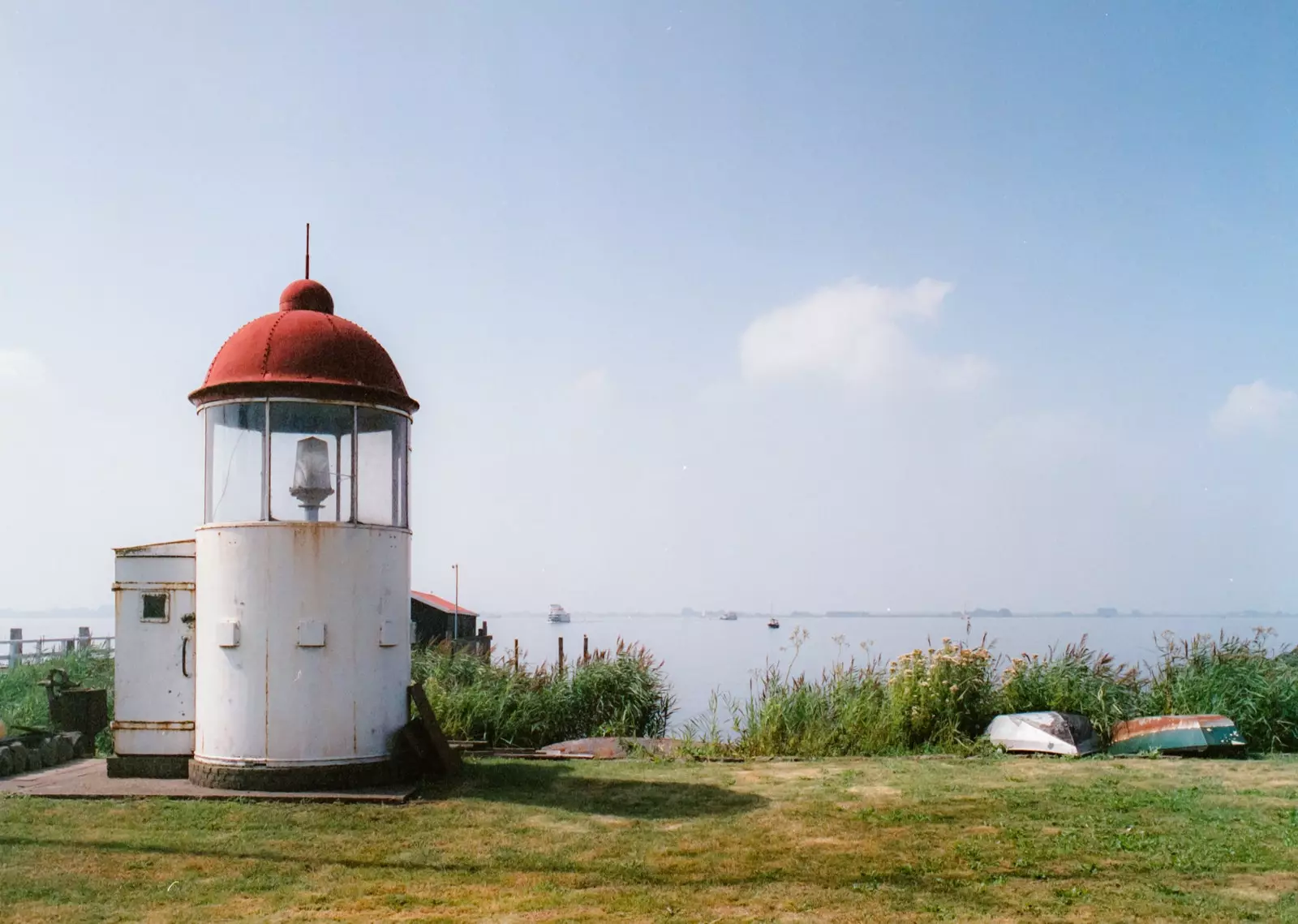
The artificial lake of Marken was reclaimed from the sea in Holland.
The highest point of the town marks it its old church, and the neighborhood that surrounds it, the so-called Kertbuurt, is an example of how even the poorest housing, such as those of the fishermen who inhabited and still inhabit Marken, they can look as elegant as the palace of the richest.
In this Pride for simplicity, order and the fight against the sea Marken is sustained, and we could even say that an entire country. the same as, based on pedal strokes and flat tires, has shown us its essence and past, Away from the blinding lights of Amsterdam: **bikes are definitely for the Netherlands. **
